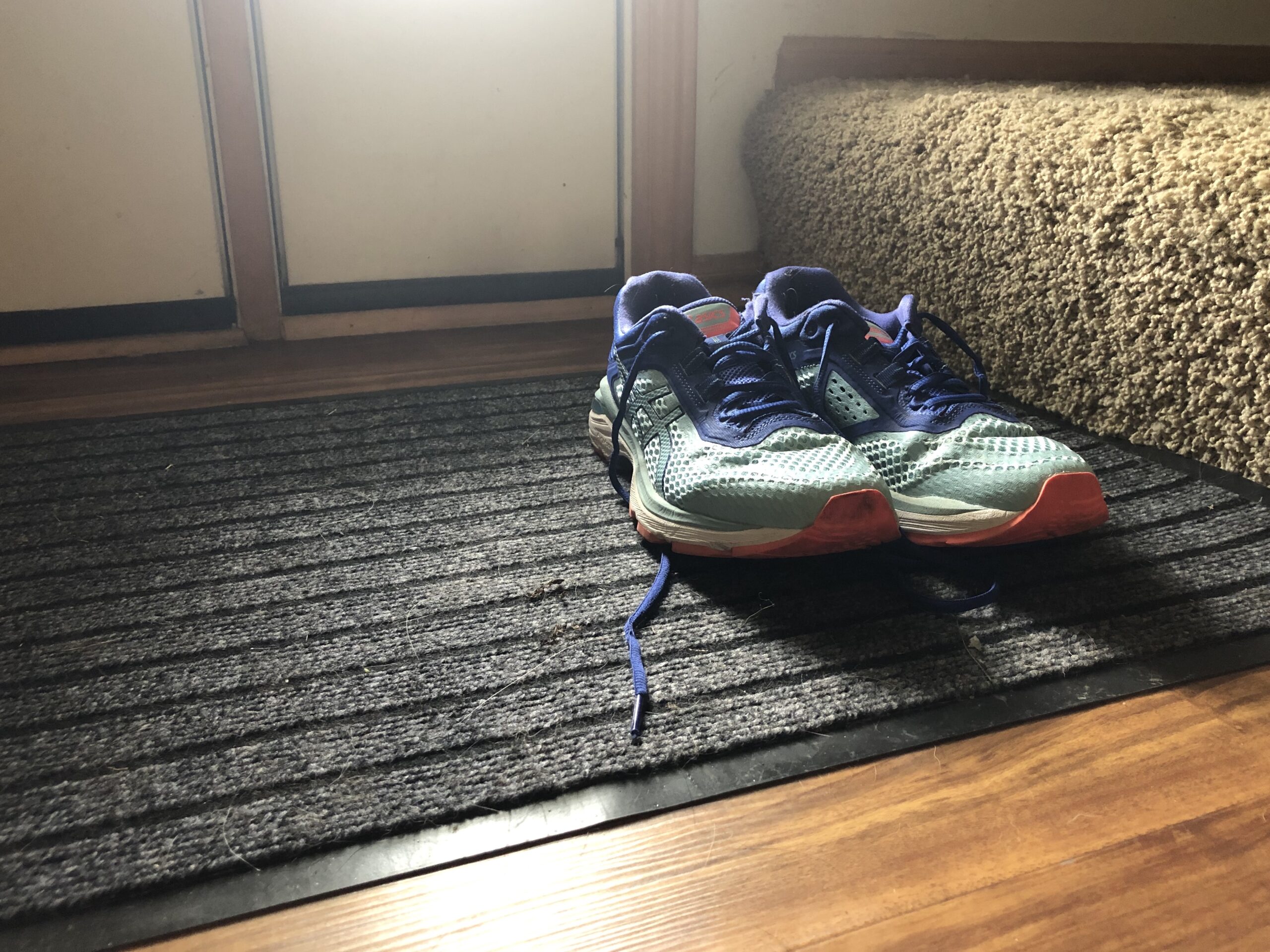I wanted a lot of things from running but running wanted nothing to do with me. I wanted an outlet for my competitive energy. I wanted a way to honor the memory of my father, who was an avid runner. I wanted the feeling of a clear mind that comes with a jog on a good day. Instead, I write this as my back aches on one side, a souvenir from my latest attempt at enjoying a hobby that isn’t meant to be.
The first time running broke my heart, I was in eighth grade. I joked that track was one of the few sports I could do because it didn’t involve much hand-eye coordination. But I developed awful shin splints, and every time I so much as touched my legs, I was in pain.
In high school I went out for cross country as well because the counselor at my new school told me the boys’ and girls’ teams interacted a lot. I ended up in physical therapy for an overuse injury, and bruises all over my legs from treatment, but I refused to quit running. I ran out of health insurance coverage, my calculus grade slipped from missing class, and I stopped going to physical therapy. I finished all four years on the team, but the pain never went away.
It was easy to forget about running for a while in college because there was so much else going on. After graduation, I had several phases where I tried to run again. Plantar fasciitis, more shin splits, tendinitis that landed me in a walking boot – each time something made me sit back down on the couch. I blamed it on my approach: maybe I pushed myself too hard, maybe I didn’t take enough rest days. As my social media feeds filled with photos of my peers discovering that running can be a fulfilling way to invest in yourself, I was convinced I just had to figure out the magic formula that would allow me to run like so many others.
Last month I was supposed to run a 5K. I’d been thinking about this specific one for a while because it was one my dad did every year, and a long time ago I ran my personal best there. I registered. I downloaded the Couch to 5K app, thinking that a different approach to training would help me avoid the injury bug. I trained for seven weeks before I realized I had to stop. My left calf ached non-stop, even on rest days, and when I ran I could feel myself trying to compensate for the pain. I tried icing after runs. It didn’t work.

Finally, I felt like I was all out of options. I couldn’t explain why people at my gym could go lap after lap, each stride the same, completely unbothered, while I could not complete a training plan tailored for beginners. It hit me while I was venting to some friends that maybe I just wasn’t meant to run. I am also not meant to play basketball, which I realized in middle school when I looked at the girl I was guarding and saw I was only as tall as her chest. There are a lot of things my body isn’t built to do, but none of those discoveries hurt this much.
How do you quit something that feels like part of your identity? Running was part of so many of my memories with my dad, and it’s who I was in school. On top of that, I was taught growing up that quitting was never acceptable, so saying “I can’t” felt like a moral failure. It’s such a basic movement that I never considered that I, an able-bodied woman of exceptionally average athleticism, would not be able to run. But my body was telling me – and had been for half my life at this point – that it wasn’t made to do this.
Our “eat a salad and get on a treadmill” culture tells us that certain behaviors are inherently healthy. But what if they’re not? I worried that being unable to run would make me seem lazy or undisciplined when in reality I’d tried very hard for literal years to do it and it was actively hurting me. What might work for someone else’s body was undoubtedly not working for mine.
If a friend of mine was dating someone who caused them as much pain as running has caused me, I would tell them to break up. If one of my hobbies, like writing, caused me as much stress as running has, I would stop. Put in that perspective, my decision to stop running was very simple. Something that detrimental to me was no longer serving my interests. I was looking out for my own well-being, trusting that I knew my body better than any stranger with boiler plate advice, by finding other ways to exercise.
Today, I lift twice a week – which I absolutely love – and I play softball. I do cardio on machines that are easier on my muscles, joints, and mechanics. I still feel an awful cocktail of jealousy and guilt when I see people running in my neighborhood or posting about a race they completed. But I’ve given myself permission to set new goals and find enjoyment in exercise, instead of pain. I may not be a runner anymore, but I know I’m better off.

